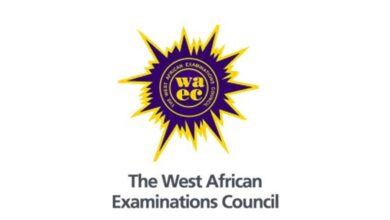Is Jamb Necessary For University Education

Is Jamb necessary for university education in Nigeria? Must you write jamb before you can be given you? All these and more will be discussed here.
This is one of the questions you hear some students asking and we must address the importance of Jamb for everyone that wants to enter the university.
THE JAMB (Joint Admissions and Matriculation Board) was founded in 1978 to centralize and sanitize the admissions process for Nigerian institutions.
Read More: How To Pass BUK Post UTME
Prior to this time, each institution was responsible for admitting prospective students on its own. It was individualistic, anarchic and ripe for exploitation since each school determined its own admittance rules with no recourse to a centralized and coordinating statutory agency.
Each university advertised for students and sold application forms far in excess of the number of available spots. Because of the school’s limited academic resources and infrastructure, only a few students were admitted.
The Federal Government established the Joint Admissions and Matriculation Board to halt this heinous trend and restore sanity to the admissions process.
JAMB has performed admirably over the years. It has brought order and respect to the university admissions process, which was previously chaotic. Prospective students were no longer at the mercy of each university acting independently without recourse to a centralized coordinating body.
However, after 37 years and the addition of monotechnics, polytechnics, and colleges of education, the number of candidates seeking admission to tertiary institutions has skyrocketed.
The university system is experiencing a genuine admissions crisis. This is not the time to call for the abolition of JAMB and a return to the pre-1978 situation, which would result in neo-exploitation of candidates and an admission process based on “money-power.”
According to reports, over 100,000; 60,000; and 30,000 candidates applied to the universities of Ilorin, Lagos, and Ibadan for the 2015/2016 session, respectively.
In comparison to public universities, the number of candidates who applied to private universities is significantly lower. In fact, only two and 3,000 candidates applied to two specific private universities, respectively.
Due to limited academic and physical resources, a university may not admit more than 5,000 students at one time, according to National Universities Commission (NUC) guidelines.
In the case of the University of Ilorin, for example, if 60,000 candidates scored higher than the cut-off point and passed the post-JAMB examination, where would the remaining 55,000 candidates go? What is the guarantee that their situation will improve the following year?
Similarly, what happens to the excess candidates at UI and UNILAG? It is not physically possible to admit every student who meets all admission requirements because this would create health, safety, and environmental (HSE) hazards, overcrowded lecture theatres, and residence halls, and undue stress on academic facilities and lecturers.
This is why JAMB provides alternative admissions to candidates who are not admitted to their preferred universities.
Those calling for the abolition of JAMB must provide realistic alternatives for dealing with the massive influx of candidates seeking admission as well as the imbalance in applications, with over 90% of candidates applying to government-owned institutions.






